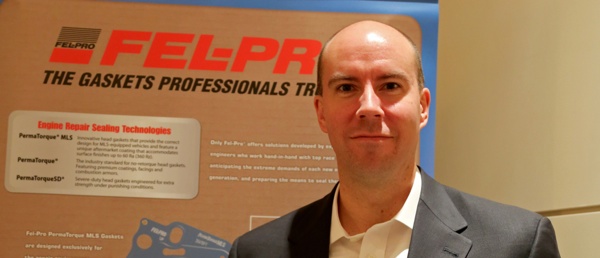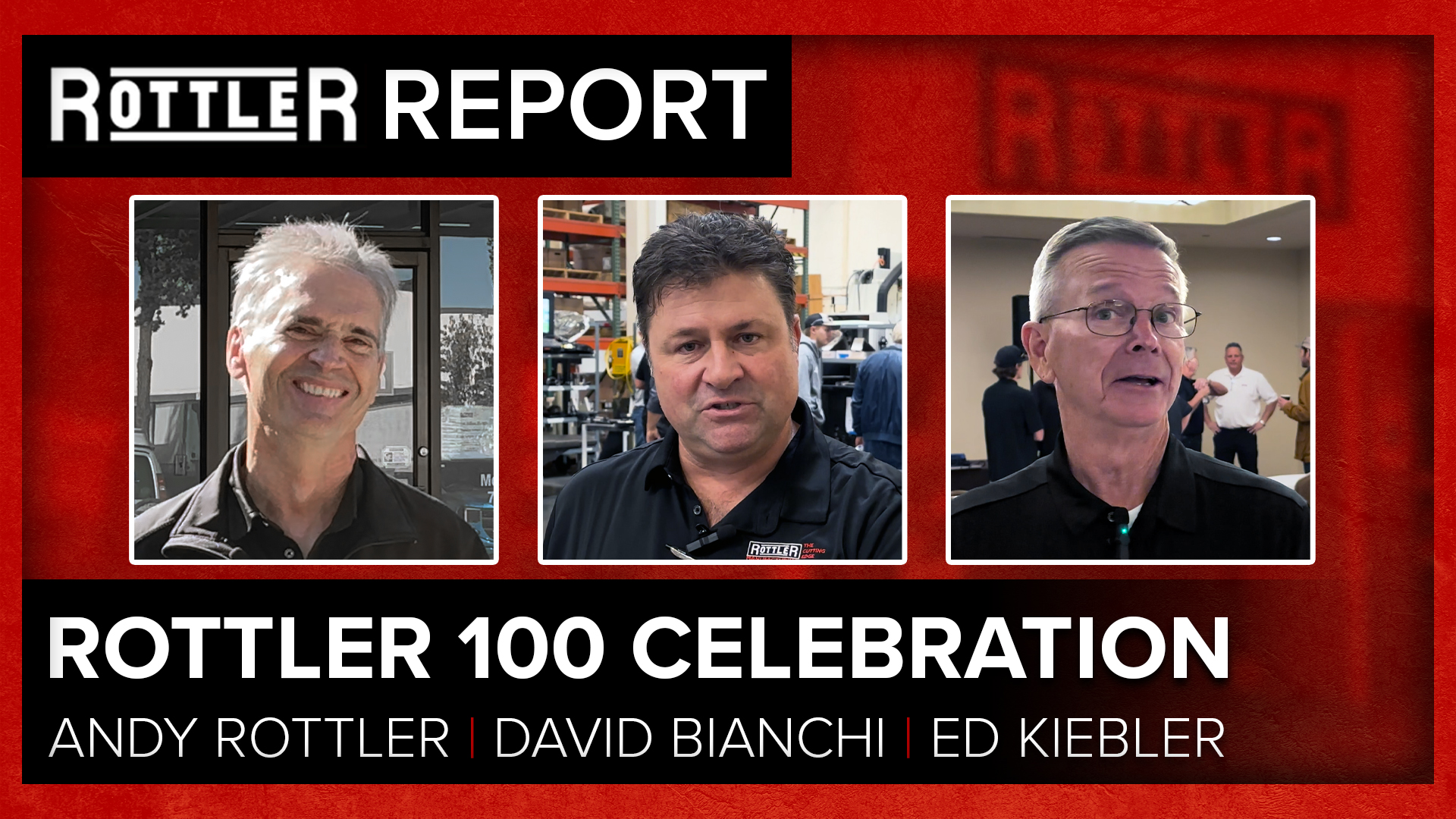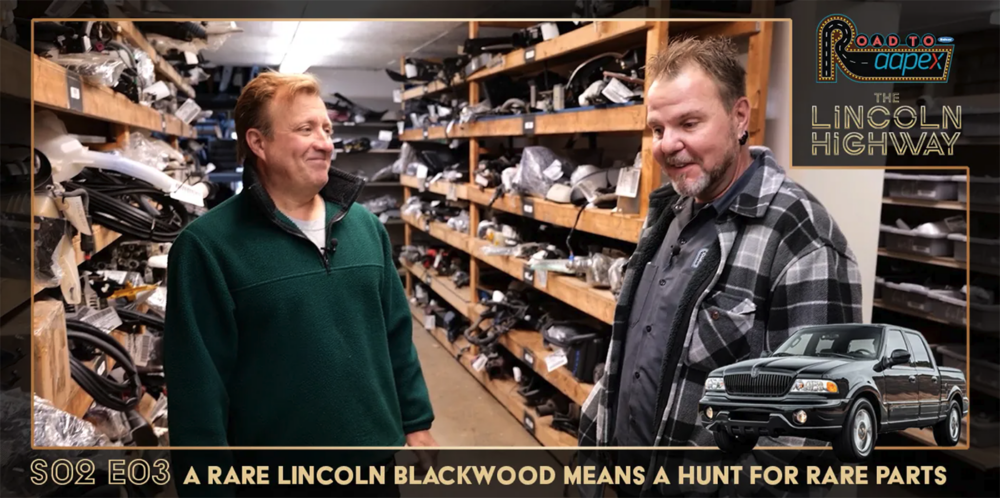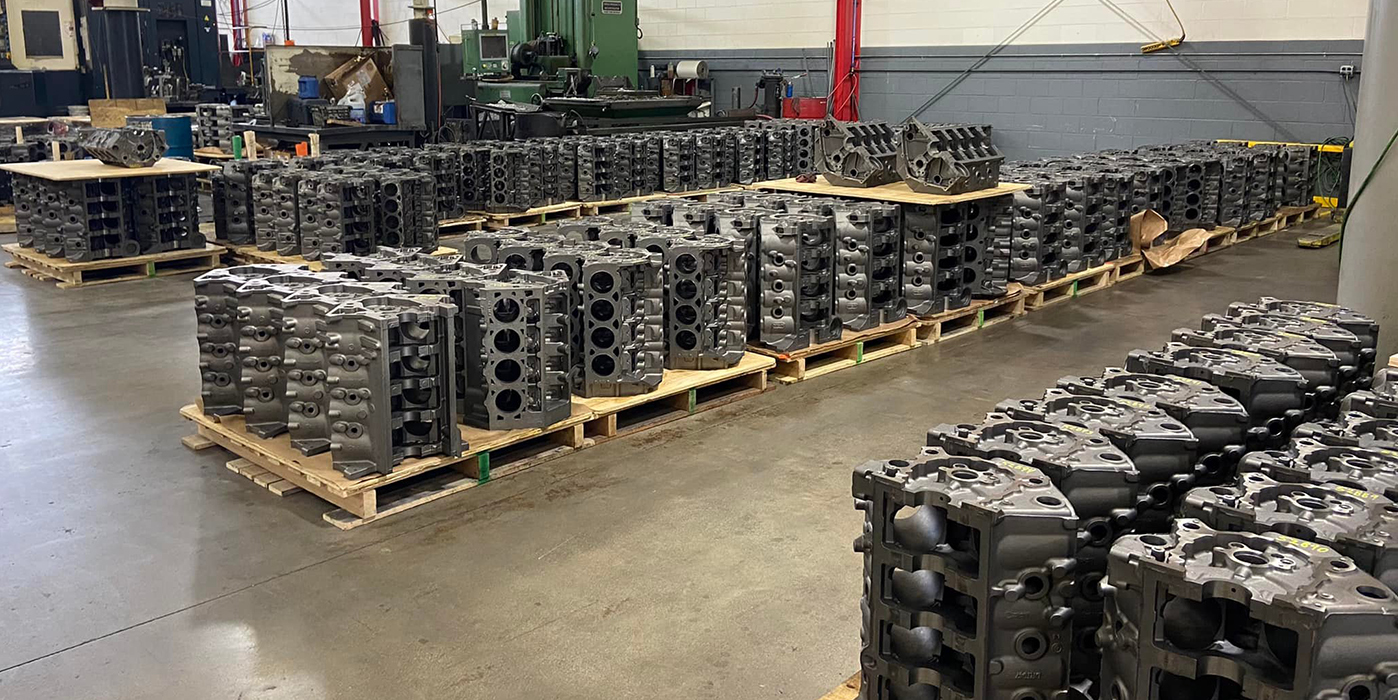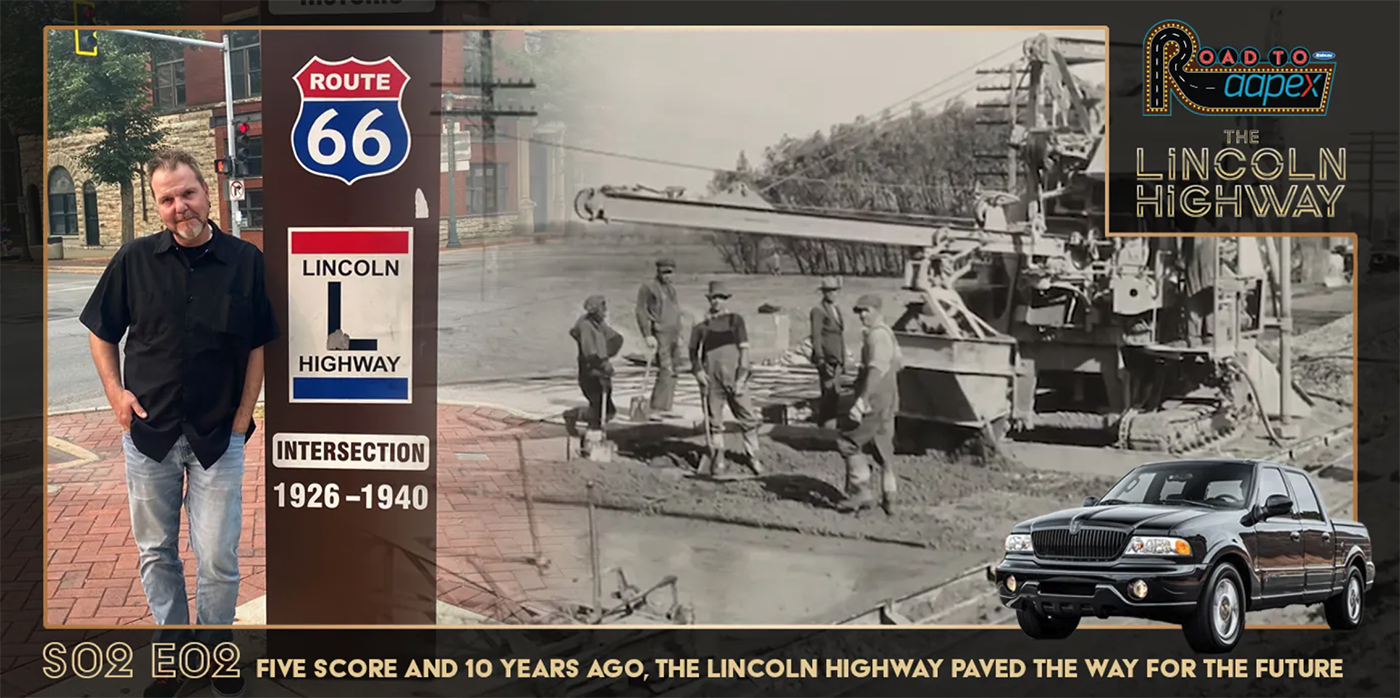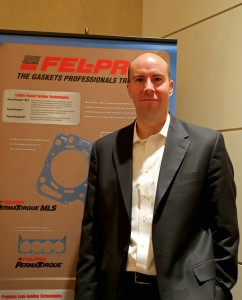 Andrew Sexton Interview – Engine Builder Magazine
Andrew Sexton Interview – Engine Builder Magazine
Interviewed by Andrew Markel, editor, Babcox Tech Group
Andrew Sexton is senior vice president, global sealing and engine, Federal-Mogul Motorparts. Sexton’s responsibilities include the company’s renowned Fel-Pro Gaskets business, based in Skokie, Ill. Fel-Pro, “The Gaskets Professionals Trust,” is North America’s preeminent brand of engine and related sealing components for automotive and high-performance applications. Federal-Mogul Motorparts is a division of Federal-Mogul Holdings Corporation (NASDAQ: FDML), selling and distributing a broad portfolio of products through more than 20 of the world’s most recognized brands in the global vehicle aftermarket.
MARKEL: It has been 15 years since Fel-Pro became part of Federal-Mogul Motorparts. How has Federal-Mogul been able to continue to increase the strength of this iconic brand?
SEXTON: When you look at the strengths behind the Fel-Pro brand, the value of our people really stands out. You’ve had a chance to talk with our engineering and product management teams, so I’m sure you could see that there is a real passion here. When you look to the things that we really do well, engineering is front and center and works hand-in-hand with the product team. I can tell you that every part that goes into a Fel-Pro box is validated and approved by a Fel-Pro engineer.
I think we’ve done a good job in marrying the strengths of Federal-Mogul Motorparts and Fel-Pro. With F-M’s expertise in the total engine package, we have done a good job in integrating this comprehensive view in order to design the best-performing gaskets for each application.
MARKEL: What’s really amazing about looking at this Skokie plant is just how lean it is. There is not a large warehouse of inventory or raw materials sitting around. How is this accomplished while having one of the best fill rates in the industry?
SEXTON: For starters, we are a totally vertically integrated business with dedicated aftermarket engineers designing and testing our products in one area, comprehensive manufacturing operations in other areas, a world-class distribution center under the same roof, and product management activities right down the hall. By keeping these functions together, we are able to more fully leverage our commitment and capacity for innovation and design products that are truly ‘manufacture-able.’ This vertical integration also allows us to speed up all aspects of the process, from in-house tooling, to raw materials procurement, to packaging and shipping. It allows us to be extremely efficient while still providing a high fill rate and quick turnaround. The amount of time it takes for us to convert raw materials to finished goods is really, I think, industry-leading.
Our high fill rates are all the more impressive when you consider the vast number of gasket kit configurations we offer – it can be 10 or 12 configurations for a given engine. We leverage the timing and in-house processes to build the gasket sets before they go to the distribution center. Once a build order is generated, we can very rapidly create the sets and even ship right away. So we can fulfill same-day orders as needed. In a company this size, I’d say that’s rare.
MARKEL: What do you think is going to have to happen in future years to help keep engine builders and other industry professionals ahead of the technology curve associated with each new generation of engines? Is it going to be more and more difficult for a repair professional to do an intake manifold sealing repair or a head gasket replacement, for example?
SEXTON: A key principle of the Fel-Pro brand is to design and manufacture products that are optimized for the repair environment and help make the professional technician or engine builder more proficient on the job. By the time an engine enters the aftermarket repair cycle, it doesn’t have that perfect surface finish, and everything’s not flat as it was in the OE environment. We focus on understanding the repair environment from an engineering perspective and then developing a design that’s more robust for that application.
Take, for example, a multi-layer steel head gasket coating. What’s possible on an OE manufacturing line — where everything’s pristine, flat and highly polished — is much different than the environment we see in the aftermarket, where the technician might not have all the tools or simply can’t create that perfect surface finish due to the casting wear. That’s why Fel-Pro gasket engineers developed a proprietary coating for PermaTorque® MLS gaskets that’s much more robust for the aftermarket environment.
You can see the same approach in our PermaDryPlus® molded rubber line. Look at our PDP intake manifold gaskets – our engineers developed a very robust molded rubber compound applied to a rigid carrier, which resists the chemical attack of the different types of fluids that flow through the manifold. That’s a particular product line that’s been strong in the repair environment and with professional technicians due to the fact that it solves a known sealing issue. It’s a good example of an innovative technology that provides significant value to the repair professional and one that has earned Fel-Pro the technician’s trust.
MARKEL: From a service market perspective, we’re hearing that the overall number of gasket replacements is flat or declining while the average dollars per sealing repair is rising. Do you see this same dynamic, and how does it impact the repair provider’s ability to make money?
SEXTON: That’s absolutely right – we’ve gone in many cases from gasket technologies that were primarily paper based to graphite and fiber and now to multi-layer steel. And each time we encounter a new generation of engine designs, the corresponding costs associated with new gasket R&D, materials and tooling also rise. Look at many of our late-model MLS gasket technologies; these are complex parts produced with very expensive tooling to very high tolerances. And this same dynamic ultimately makes the service and expertise provided by our customer – the repair professional or rebuilder – much more valuable to the consumer.
MARKEL: Do you see any need for additional gasket sets or any growth in the marketplace for different types of sealing repairs, such as front cover, etc.?
SEXTON: I think it’s going to be very application-specific. In certain engines, we have found a way to solve specific problems that have gone unaddressed by other suppliers. As a result, we see significant growth in these product categories for several years. Our PermaTorque MLS head gaskets are an example of a technology that addresses very real engine sealing needs and, as a result, they have seen robust growth year over year.
A new opportunity perhaps will come through the OEs’ increased use of turbochargers; we might find that this trend will generate new gasket sales. In general, the engine environment is being stressed very heavily, with the engine manufacturers pushing the envelope in terms of combustion pressures and temperatures. At the same time, we are generally seeing decreased clamp loads and the use of different engine casting alloys. Each of these realities bodes well for the sealing category and for the service environment.
MARKEL: How prevalent is MLS technology at the OE level versus aftermarket?
SEXTON: On the light vehicle side it’s the predominant head gasket technology. On the commercial vehicle side there’s still a mix of multiple approaches. In MLS, some of the OEs are trying to cut some cost out of the gasket by going from a four-layer gasket to three layers, or from three to two. They’re being very creative and, I think, innovative around the combustion seal itself, trying to come up with a way to fold or to use other materials to avoid an extra layer. So they always continue to push the technology and sealing requirements placed on the gaskets and are always mindful of the cost of the technology.
On the aftermarket side, our major focus is to maximize the robustness of the seal. We know that typically if you’re pulling apart an engine, the primary cost of the repair will not be the gasket. We put a great deal of R&D into the combustion seal, with a focus on the most effective way to provide that robust seal, regardless of the number of layers. Our customers in the repair environment don’t have the luxury of a perfect casting to work with, so we design and manufacture the best possible gasket to seal the conditions commonly encountered in the repair environment for each specific application.
MARKEL: Do you see the Fel-Pro brand’s racing relationship with the MLS gasket as a key to reaching customers like the professional technician?
SEXTON: Our success in racing certainly reinforces the brand and it is an enduring success story. It predated the introduction of MLS by nearly 15 years, in fact. Fel-Pro became a trusted partner to professional stock car racing teams back in the mid-1980s when the sport was beginning to experience head gasket failures due to rising combustion pressures and temperatures. Many teams turned to Fel-Pro to help solve that problem and we accomplished it by developing wire ring-type head gaskets that provided a significantly more robust combustion seal. Our success continued with the introduction of PermaTorque MLS multi-layer steel head gaskets and, more recently, with the launch of our proprietary LaserWeld™ stopper layer technology, which is now a standard feature of many PermaTorque MLS gaskets used in racing and non-racing applications.
To be winning in the top professional stock car series or in an NHRA Pro Stock final ultimately suggests that we’re very qualified to seal a passenger car engine. So I think that’s a strong signal of the strength of Fel-Pro’s engineering background and our manufacturing capability – and we treat light vehicle applications with the same diligence. As it stands, a lot of technology that we use today on passenger car applications, such as LaserWeld technology, was developed in racing. And even now we’re working on racing solutions that will eventually make their way into passenger car sealing.
So it’s critical to challenge us. Often, the technologies we come up with for those types of applications are more robust than what’s currently being designed and installed in OE passenger cars. But they’re going to follow, so it helps to push our team.
MARKEL: How do you interface with your customers, as far as getting feedback on installation needs, gasket sets, instructions?
SEXTON: As the predominant manufacturer of gaskets in North America, we have the luxury of a lot of people wanting to communicate their needs and suggestions to us. So we have many inputs to call upon – and it’s an important part of our product development process. When we call on our customers, we find that we have the same interests. We want their business to be successful and grow, and they very often bring their needs to us. If they have a particular need for a “problem solver,” they tell us.
We have, as well, the Federal-Mogul Motorparts Tech Line, where we get a great deal of input from techs. And we have the Fel-Pro Field Test Garage here in Skokie, where at any given moment we might be running 60 to 80 gasket tests in a broad range of vehicles. In these cases, we’re actually taking the parts that go into a set and validating them by installing them on engines and running them in actual vehicles to guarantee that we’re doing it right.
We hear from technicians as well. We’ve got a fleet of Federal-Mogul Motorparts “Market Connect” vans that are traveling the country doing training sessions and gathering inputs. So I think we’re improving our approach to the market, we’re reaching out to technicians and we continue to get their feedback through all of these venues.
MARKEL: We talk about the car getting older. The average vehicle age is now 11.7 years. Do you see that driving gasket sales?
SEXTON: Certainly. As folks hold on to their cars longer, they’re more interested in getting needed repairs. It’s certainly good for everyone’s business on the aftermarket side.
###

